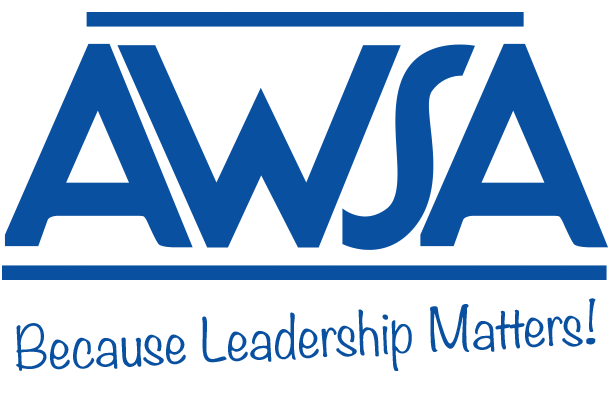Developing Diversity, Inclusion, and Accessibility in School-Based EsportsBy James O’Hagan, Director of Digital & Virtual Learning, Racine Unified School District When we launched our varsity esports program at Guilford High School in Rockford, Illinois, in 2015, we believed we had thought through everything. At that time, there was no blueprint for creating a school-based esports team from scratch. Working with our administrative stakeholders, we built out a plan we assumed would provide the greatest experience for our students. We purchased the best equipment we could afford. We had a coach who thoroughly understood our first game, League of Legends. We had a brand-new space seemingly— almost serendipitously— designed by the gaming gods for esports: the library at Guilford. In short, we had assembled what could easily be seen as a solid win. When I look back at those launch day photos from April of 2015, though, a sense of uneasiness winds its way through the images of our best intentions. We had been so focused on the technical and gameplay aspects of this experience— the “what” and the “how”— that we had not fully realized the potential of the most important part— the “why.” Equipment and facilities are not where the bar should be set for your esports program, I now understand. The real standards of excellence are inclusivity, diversity and equity of access. When launching our esports program at the Walden School in 2016 in Racine Unified, in Wisconsin, I knew we had to rethink the experience around inclusion and diversity and provide equity of access. The Rockford deployment taught me, in hindsight, to prioritize the invitation over the invoice— meaning, achieving the goal was not to be measured in what could be accounted for on purchase orders or how the space was laid out— though such things do have their roles in play. This time, the overarching goal was set at who we could reach and encourage to join us— to walk in that door— and find connection, camaraderie and personal value in the club space. After all, it is far easier to upgrade computers and room layouts later than it is to reset attitudes. Thus, I re-imagined school-based esports around five key ideas:
In Racine Unified, we wanted to consciously create an experience of esports that would be a vehicle for so much more than just playing the games. We also wanted our esports teams to be a cross-section of their student bodies, and provide a supportive experience for all. As we have expanded to all five high schools in the Racine Unified School District, diversity and inclusion have been key tenets of our program. We operate our esports in a shared space with all the high schools practicing together to provide equity of access— and we fully recognize that we cannot claim ultimate success simply by measuring the growing line-up of medals and trophies. Three documents produced in the last year provide good insights into why we all need to continue to work towards a diverse and inclusive esports experience, and how your school can do that. The first document is the Anti-Defamation League (ADL) report, “Free to Play? Hate, Harassment, and Positive Social Experiences in Online Play.” The second is the AnyKey report, “AnyKey Report: Diversity & Inclusion In Collegiate Esports: Challenges, Opportunities, and Interventions,” which provides some key actionable items to take right now to create a more inclusive scholastic esports experience. And a new report just released in the last few weeks reflects on recent time as teens and tweens turned to online games inrecord numbers in order to connect with friends, play, and explore interests while sequestered at home. Many of these children did experience systemic bias, hate, harassment, and disruptive player behavior. The release of this new report,“Raising Good Gamers: Envisioning an Agenda for Diversity, Inclusion, and Fair Play,” explores why this might be the case and what may be done to address the issue. The data we have collected shows that our efforts in Racine Unified to prioritize our focus on diversity and inclusion have helped move us toward the esports teams most reflective of our ideals. Four years into our esports program in Racine Unified, we have not yet met our goal to be as diverse as the student populations in our schools or to be fully inclusive but the strides we have taken have been astonishing. We did not expect to get there right away. What matters to us is that every season, we are seeing the invitation reach more and more students. We are watching more gender-diverse students, more students of color, and more differently-abled students come through the door. The effectiveness of our invitation to play is evolving in its potency and extending its reach. That is how we measure our success.
Read more at: Elementary Edition - Secondary Edition - District Level Edition |
